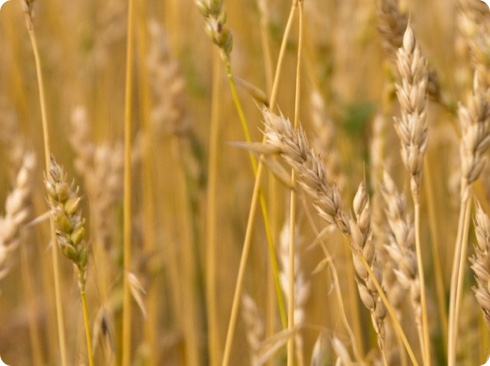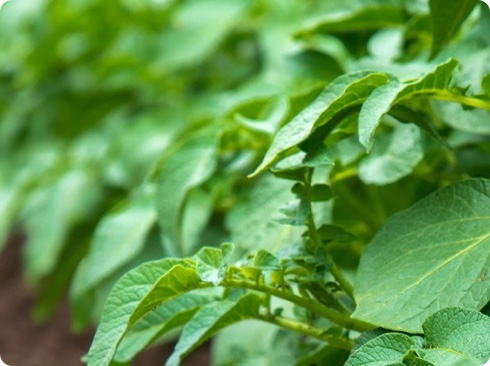Read the latest information on
Foot-and-mouth disease
Australia’s relative isolation and extensive quarantine system help to prevent the introduction of exotic pests, diseases and weeds. But rapid increases in overseas tourism, import volumes and methods, as well as the potential for pests to enter via natural routes, mean that relying on these quarantine measures is not enough. With continued climate change, exotic and established pests and weeds are able to exploit and establish in new areas putting healthy plants at risk.
Changes in state biosecurity legislation also means that individuals have more of a responsibility to be aware of the biosecurity risks associated with their day-to-day activities on farm and to take steps to address the risk.
This increasing biosecurity risk means that on-farm biosecurity practices to protect individual properties from the financial impact of pests and disease. Local biosecurity efforts will not only protect the health of your production crops but will also protect market access opportunities through area pest freedom statements.
On this site we’ve divided crops into the following groups, based on the resources we have for producers to help implement biosecurity measures on-farm. So far, we have:











The manuals and other resources in each of these sections were developed by Plant Health Australia, in conjunction with the crop’s peak industry body and other stakeholders.
By incorporating simple biosecurity practices into everyday activities and staying informed of pest threats to your region and to your crop type you can prevent the increased costs associated with having to manage an incursion of pests, diseases, or weeds on your property.
Biosecurity practices can be simple, cheap and easy to implement. Using the biosecurity essentials of farm management and tailoring them to your own farming system will enable you to take the first steps to securing your farm and your future.